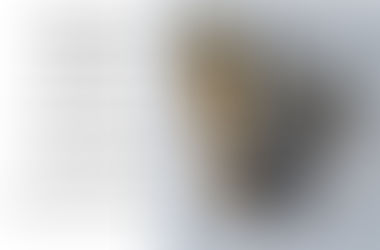Vignette 1: The Reverse Graphite Picture Transfer (RGPT) Technique
- J. Colannino
- Sep 8, 2017
- 2 min read

Last updated 7 May 2018.
Drawing is the element underlying all watercolors. However, you don't need a detailed sketch; you just need to accurately record key features in a basic sketch as shown below.
Applying the RGPT Technique
Even if you have never had an art class, you can draw a fairly accurate sketch using the following technique.
Print out a scaled picture.
Place the picture on light table, picture side down, and turn on the light table so you can see the picture in reverse. If you don’t have a light table, fear not. God said let there be light and there was light (Gn 1:3). Just tape your printed picture to a sunny window, picture side to the glass.
Make a carbon paper on the reverse side of the picture by adding 6B pencil on the non-picture side for the features to be outlined.
Tape the top edge of the graphited picture onto your watercolor paper with the picture side up and graphite side in contact with the watercolor paper. Only tape the top edge of the photo to the watercolor surface. That will allow you to flip up the photo from time to time to check the progress of the outline without disturbing the alignment should additional features need to be transferred.
Outline the picture using a stylus, pencil, or pen on the picture side to press graphite onto the watercolor surface. Light pressure is all that is required. Using a colored ball point pen as a stylus will make it evident which picture elements have been traced and which have not.
Flip up the picture from time to time to check your progress and be sure that your outline is finished.
When you are satisfied with the outline, remove the picture from the watercolor surface.

Optional Steps
Before painting, lighten the finished outline with a gum eraser if desired. Do this before beginning to paint.
Many artists leave the pencil lines in place in their watercolor. Others like myself prefer to lighten them before painting or erase them completely. If you desire to erase lines after the surface is painted be sure to
not paint on top of the carbon but keep the paint slightly inside the lines;
wait for the surface to dry thoroughly before using a gum eraser;
use a gum eraser only (vinyl is too harsh and leaves crumbs which can cause problems later); dab rather than rub if possible;
remove the lines after your first wash of surrounding paint is thoroughly dry and you no longer need the lines as a guide;
repeat the above for each new section until all desired lines are erased.






















Comments